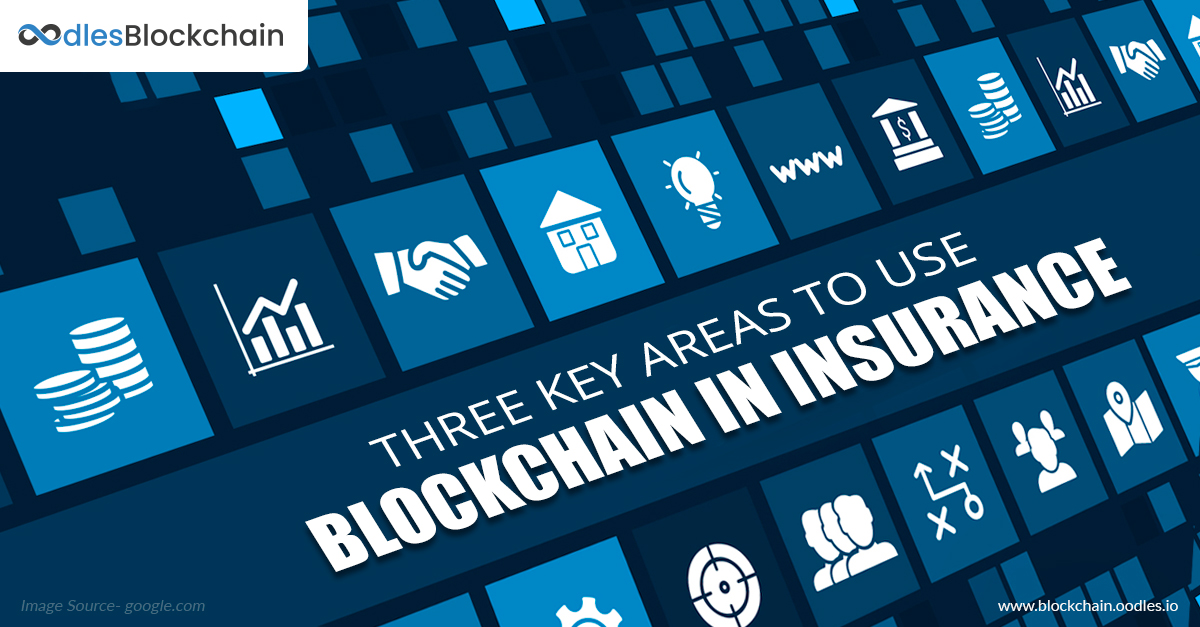-
When you want to ensure your family's health, you buy insurance- auto, life, health- because your family will have no problems if something unexpected happens. But as time consumes while you look for a claim to be processed, you start thinking whether the benefits of insurance are worth taking, given the hassles and higher premiums they include. These sorts of mindsets, along with crises and scandals, have dragged the industry to stilted growth rates and decreasing customer satisfaction rates. Also, frauds remain the most persistent source of concern and expense. However, as insurance companies have started to explore possible solutions to these problems, the Blockchain technology has emerged as a method to bring transformations in several areas, including underwriting, client onboarding, and claims processing. Now, let's find out those three key areas to use Blockchain solutions in Insurance.
Exploring Blockchain In Insurance
Underwriting
During the underwriting process, an insurer evaluates the peril of furnishing a client with a policy. He evaluates the coverage the client should get and how much they need to pay for it. Insurance sometimes is often called a gamble. Nonetheless, no insurance company would come out to play it without having a thorough at the data and before ensuring that the odds are in their favor. Sometimes, it can take up to years to evaluate the risk versus advantages for larger corporate policies.
On the blockchain, external data can be used to lower risk liability and thus, provide semi-automatic pricing. Further, this can help to shorten and automate the underwriting process, decreasing the cost of operations. Not only this, Blockchain technology can help such industries achieve transparency and strengthen trust in the underwriting procedure by empowering shared visibility in typical multinational programs.
Claims processing
For policyholders, it's not less than a bane to claiming its a long and confusing process. And they have to wait as insurers and reinsurers find out where contracts are, which are the correct one, who has already paid what, and which ledger is having the correct accounting details. It's a time taking the process and can take a while to complete, excluding the extra time required to adhere to stringent regulations for fighting fraudulent claims.
In claim prevention, distributed blockchain network can streamline the access to the same information for all those insurers, as well as, reduce administrative duties associated with claims.
Also Read: Blockchain Smart contracts Are The Future
Uplifting the insurance industry
The benefits of blockchain technology lie within its capacity to eliminate outdated systems which cause most inefficiencies in different industries. Blockchain in Insurance can make it easier to share information, offering great line-of-sight to data and security with the help of records that cannot be edited or altered when written.
Repetitive, labor-intensive and error-prone client onboarding, claims settlement and underwriting procedure can be transformed by using a unified system to store and disperse all documentation.

Our Offices
INDIA
Emaar Digital Greens, Sector 61,
Gurugram, Haryana
122011.
Welldone Tech Park,
Sector 48, Sohna road,
Gurugram, Haryana
122018.














